**Note: This page is for educational inspiration and is not officially affiliated with World Bee Day. World Bee Day is celebrated annually on May 20th. It was established by the United Nations General Assembly in December 2017, following a proposal from Slovenia. The purpose of the day is to raise awareness of the essential role bees and other pollinators play in keeping people and the planet healthy. It highlights the threats they face, such as habitat loss and pesticide use, and encourages global action to protect them. The date, May 20th, was chosen as it is the birthday of Anton Janša (1734–1773), a pioneer of modern beekeeping. For official information, themes, and how to get involved, please visit the United Nations World Bee Day website: www.un.org/en/observances/bee-day.
Wednesday 20th May 2026
Understanding World Bee Day in EYFS & KS1
Let's buzz about bees and discover why these tiny creatures are super important! 🐝🍯
For early years settings, nurseries, preschools, childminders, and Year 1 and Year 2 classrooms, this day provides a wonderful and engaging theme for exploring minibeasts, plants, life cycles, food sources, the environment, and understanding the world (the world around us). It's about introducing children to the fascinating world of insects, understanding their vital role in nature, and learning simple actions they can take to protect these essential helpers. This day offers fantastic planning ideas and inspiration for engaging activities that truly resonate with young minds, making learning about nature, science, and conservation both essential and wonderfully hands-on!
Why Is Learning About Bees Important for Young Children?
Integrating World Bee Day and themes of pollination and conservation into your practice with young children (aged 0-7) helps in fostering an early appreciation for nature, developing responsible habits, and laying the groundwork for future environmental stewardship.
Introduces Nature's interconnectedness: Teaches children how plants and animals (like bees!) rely on each other.
Enhances Understanding of Food Sources: Helps children learn that many fruits and vegetables need bees to grow.
Fosters Empathy & Conservation: Encourages care and concern for small creatures and the environment, showing children how they can help protect vulnerable species.
Develops Scientific Inquiry: Sparks curiosity about insects, their habitats, and their behaviours.
Promotes Environmental Responsibility: Inspires children to think about actions like planting flowers or avoiding pesticides to help bees.
Builds Observation Skills: Encourages close observation of nature, minibeasts, and plant life.
Engaging Bee & Pollinator Activities for World Bee Day (EYFS & KS1)
Let's hum, buzz, and discover the wonderful world of bees for World Bee Day with these planning ideas and activities perfect for EYFS and KS1 children. The focus is on learning about bees, their importance, and how we can help them thrive! Many of these early years and year 1 activities can be supported by our dedicated 'Minibeasts', 'Plants', 'The Environment', and 'Gardening' resources.
Here's some inspiration for celebrating World Bee Day in your setting: (Please use your own discretion and knowledge of your children to ensure appropriateness of each activity and safety concerning any materials given and activity undertaken. Focus on gentle interaction and observation of real bees.)
Learning All About Bees:
Start with our 'World Bee Day' Colouring Poster’ to introduce the day.
Explore our 'Bumblebee Pack' to learn about these fascinating insects.
Use 'Bee Body Parts - Poster & Writing Sheets' to help children identify and label the different parts of a bee.
Discuss the bee life cycle, linking to our ‘Life Cycles’ page.
Read books about bees and their important role.
Play bee games like "Buzz Like a Bee" or "Find the Flower" to learn about bee behaviour. *Learn more about these games below.
Why Bees Are Important for Food:
Talk about how bees help plants grow the food we eat! Use 'Save The Bees!' - Food Colouring Poster' and 'Save The Bees!' Fruit & Veg Poster' to show examples of foods that rely on bees.
Have a healthy snack time featuring fruits and vegetables that bees help pollinate. This links to our ‘Food’ page.
Helping Bees Thrive:
Discuss ways we can help bees. Use 'Save The Bees!' - Flowers Colouring Poster' to talk about planting bee-friendly flowers.
If you have a garden or outdoor area, identify some bee-friendly plants or consider planting some. This links to our ‘Gardening’ page.
Talk about avoiding litter and keeping the environment clean for minibeasts, linking to our ‘Recycling’ and ‘The Environment’ pages.
Minibeast Adventures & Exploration:
Go on a minibeast hunt! Use 'Minibeast Search Checklist' (both versions) to look for bees and other insects in your outdoor space.
Use our wider 'Minibeasts' resources to engage with the theme:
Displays: 'Minibeasts Display Banner'.
Counting & Maths: 'Bee Counting Puzzles (1-10)', 'Minibeasts Counting Display/Flashcards/Posters (0-20)', 'Colour & Count Sheets (1-20)', 'Counting Minibeasts - Large' and 'Small', 'Minibeasts Counting Puzzles (1-10)' (and colouring version), 'Minibeast Number Slice Puzzles', 'Minibeasts Tally Chart'.
Literacy: 'Minibeast Alphabet Cards/Display', 'Minibeasts Word Mat', 'Minibeast Word Cards'.
Creative & Movement: 'Minibeasts Colouring', 'Minibeast Multimats - Playdough, Loose Parts, Art & Crafts', 'Minibeast Activity/Movement Challenge Cards'.
Observation: 'Minibeasts Pictogram Chart'.
Explore More: Please visit our dedicated ‘Minibeasts’ page for an extensive catalogue of resources. You may also like to explore additional pages covering relevant and/or connected themes such as ‘Animals’, ‘Plants’, ‘Habitats’, ‘The Environment’, ‘Life Cycles’, ‘Gardening’, ‘Spring’, and ‘Wildlife’.
*Bee related Games for Preschool/Early Years & Key Stage 1 Children
1. "Buzz Like a Bee" (Movement and Sound)
This game is all about imitation and understanding the primary sound a bee makes.
How to Play:
Introduce the Bee Sound: Start by asking children, "What sound does a bee make?" Encourage them to make buzzing sounds.
Explain the Action: Tell them that when you say "Buzz like a bee!", they need to move around the space (safely!) while making buzzing noises, perhaps wiggling their bottoms like a bee flying.
"Freeze" or "Go to the Hive": You can add a command like "Freeze!" where everyone stops buzzing and moving, or "Go to the hive!" where they gather in a designated "hive" area (e.g., a hoop, a corner of the room).
Discussion: Afterwards, you can ask questions like, "Why do bees buzz?" (To fly, to communicate), or "Where do bees live?"
Learning Points:
Sound Recognition: Reinforces the distinctive sound of a bee.
Movement: Encourages gross motor skills and imaginative play.
Basic Bee Behaviour: Introduces the idea of bees flying and buzzing.
2. "Find the Flower" (Pollination and Colour Matching)
This game helps children understand the concept of bees visiting flowers to collect nectar/pollen.
How to Play:
Prepare "Flowers": Cut out simple flower shapes from coloured paper (different colours are good). Scatter them around the play area.
Explain the Bee's Job: Tell the children, "You are now busy bees! Your job is to fly around and find flowers. Bees collect special food from flowers."
The "Nectar" Task: You can make it slightly more complex for KS1 by having small coloured pom-poms or beads (representing "nectar" or "pollen") placed on each flower. Children can use tongs or their fingers to "collect" the "nectar" from the flowers and bring it back to a central "hive" pot.
Variations:
Colour Matching: "Only find the yellow flowers!"
Counting: "How many flowers did you visit?"
Team Play: Assign teams to collect nectar from different coloured flowers.
Learning Points:
Pollination Concept: Introduces the idea that bees visit flowers.
Purpose: Helps them understand that bees collect things from flowers (nectar/pollen).
Observation/Matching: Encourages visual discrimination and counting skills.
3. "Bee Communication Dance" (Waggle Dance Introduction)
This is a simplified version of the bee's famous "waggle dance" used to tell other bees where food is.
How to Play:
Tell a Short Story: "Imagine one bee finds a super yummy flower patch far away! How does she tell her friends?"
Demonstrate: Explain that bees do a special dance. Show them a simple "waggle" by wiggling your hips and walking in a small figure-eight shape.
"Follow the Leader": One child (or you) can be the "scout bee" and do the waggle dance, pointing in a direction (e.g., towards a designated "flower patch"). The other "bees" then follow the "scout" to the "flower patch."
Swap Roles: Let different children have a turn being the "scout bee."
Learning Points:
Bee Communication: Introduces the fascinating idea that bees "talk" through dance.
Teamwork: Highlights how bees work together.
Observation: Encourages children to watch and imitate movements.
These activities offer great inspiration for making World Bee Day a memorable and impactful experience in your early years and Key Stage One setting, fostering environmental awareness, scientific curiosity, empathy for wildlife, and a lifelong commitment to caring for our planet and its smallest helpers.
To explore ideas surrounding additional early years events, please visit our 'Special Dates Calendar' page.
Printable resources to support teaching & learning surrounding: ‘World Bee Day’
Free EYFS & KS1 ‘Bee’ Printable Resources and Activity Ideas:
EYFS & KS1 ‘Bee’ Printable Resources and Activity Ideas:
Explore additional ‘Bee’ Printable Resources and Activity Ideas on our ‘Minibeasts’ page:
Additional Pages you may like to explore which cover relevant &/or Connected themes
More Early Years Event Pages for May
🐢🌊 For early years settings, nurseries, preschools, childminders, and Year 1 and Year 2 classrooms, this day provides a wonderful and engaging theme for exploring animals (especially reptiles, sea…
🦋🌳🐠 International Day for Biological Diversity (IDB) is a special day celebrated every year on May 22nd. It was started by the United Nations to help everyone understand something very…
🔢➕ For early years settings, nurseries, preschools, childminders, and Year 1 and Year 2 classrooms, this day provides a fantastic and practical theme for exploring counting, number recognition…
Let's buzz about bees and discover why these tiny creatures are super important! 🐝🍯 For early years settings, nurseries, preschools, childminders, and Year 1 and Year 2 classrooms, this day…
Let's explore, discover, and learn amazing things, just like in a museum! 🏛️🔎 For early years settings, nurseries, preschools, childminders, and Year 1 and Year 2 classrooms, this day provides…
Let's dedicate a special time to celebrate every child in the UK and think about what they need to be safe, healthy, and happy! 🌟👧👦 For early years settings, nurseries, preschools, childminders…
Let's learn about some very special animals and plants that need our help! 🐾🌱 Endangered Species Day is a special day celebrated every year on the third Friday in May. It was started by a…
👨👩👧👦💖 International Day of Families is a special day celebrated every year on May 15th. It was started by the United Nations in 1993 because they wanted everyone to remember how important…
😊🧠 Mental Health Awareness Week happens every year in May. It's hosted by the Mental Health Foundation, a charity in the UK. This week is all about helping everyone understand that our minds…
Let's celebrate the amazing nurses who help us feel better! 👩⚕️🧑⚕️ For early years settings, nurseries, preschools, childminders, and Year 1 and Year 2 classrooms, this day provides a fantastic…
✨🧼 World Hand Hygiene Day is a special day celebrated every year on May 5th. It was started by the World Health Organization (WHO) with a very important message: 'SAVE LIVES:…
😄😂 The main idea of this day is to show how laughter can help bring peace and friendship to people all over the world. Dr. Kataria believes that laughter is like a super-power that can help people…
Let's put on our shoes and get walking to school, to the park, and everywhere in between! 🚶♀️🚶♂️ For early years settings, nurseries, preschools, childminders, and Year 1 and Year 2 classrooms…
Let's learn outside! 🌳☀️ Outdoor Classroom Day is a global campaign to inspire and celebrate outdoor play and learning, with two designated days each year: one in May and one in November…
Explore special dates (including awareness dates, festivals, celebrations & events) relevant to your EYFS & KS1 children
Browse our ‘Special Dates Calendar’ page using the link below. You’ll find calendars for every month of the year to aid your planning!
CLICK HERE to visit our ‘SPECIAL DATES CALENDAR PAGE’ for an entire year of key EYFS & KS1 events, festivals & celebrations.
SEARCH ‘LITTLE OWLS Resources’ USING THE FOLLOWING MENU BUTTONS…
Disclaimer:
This page is for educational purposes only and is intended to support early years and primary practitioners with ideas and resources related to 'World Bee Day'. We are not officially affiliated with or endorsed by the United Nations, which established this international observance. We do not claim any rights to specific trademarks or official materials associated with this event. For official information, themes, and how to get involved, please visit the United Nations World Bee Day website: www.un.org/en/observances/bee-day.
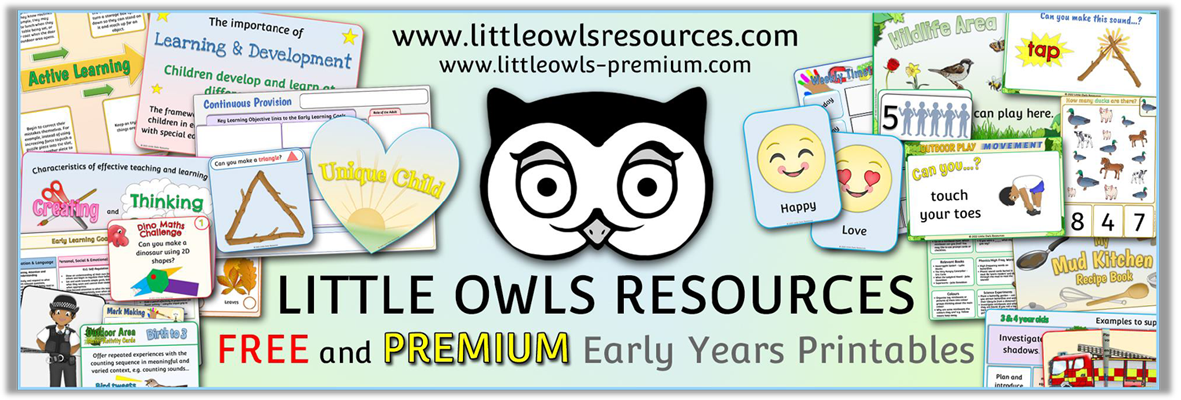





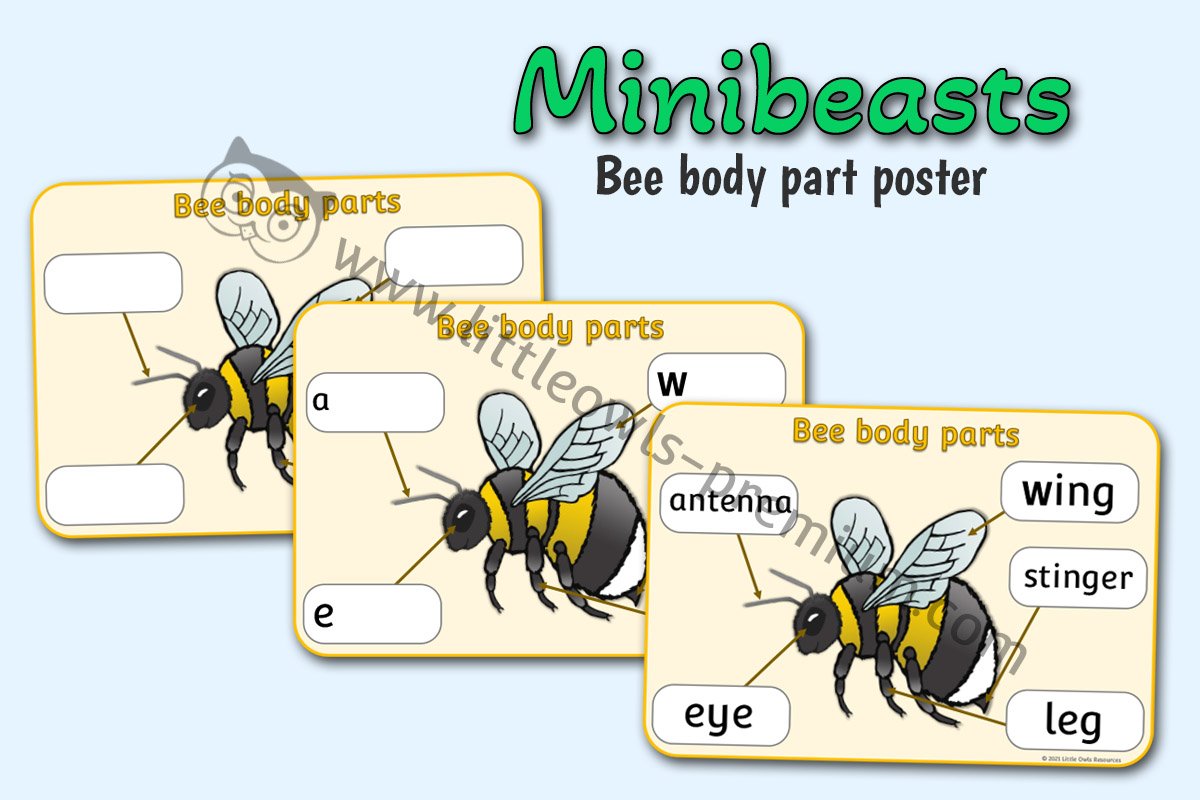

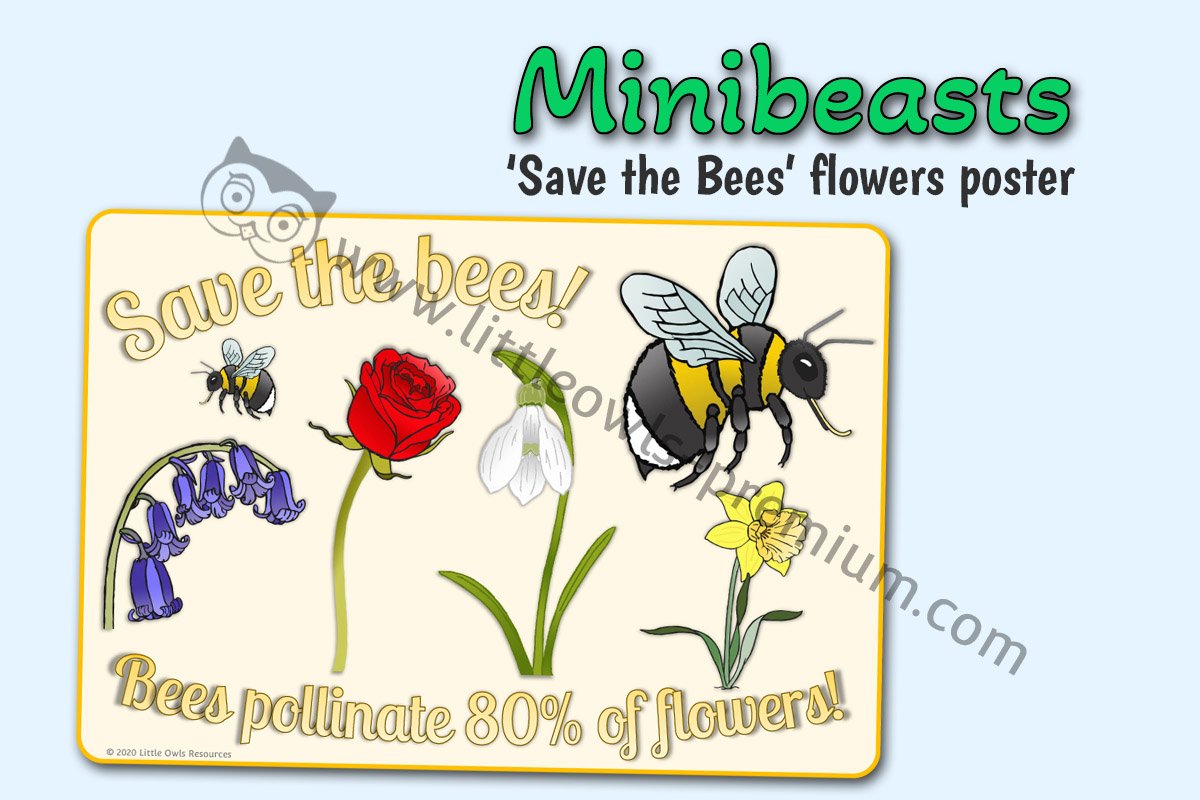

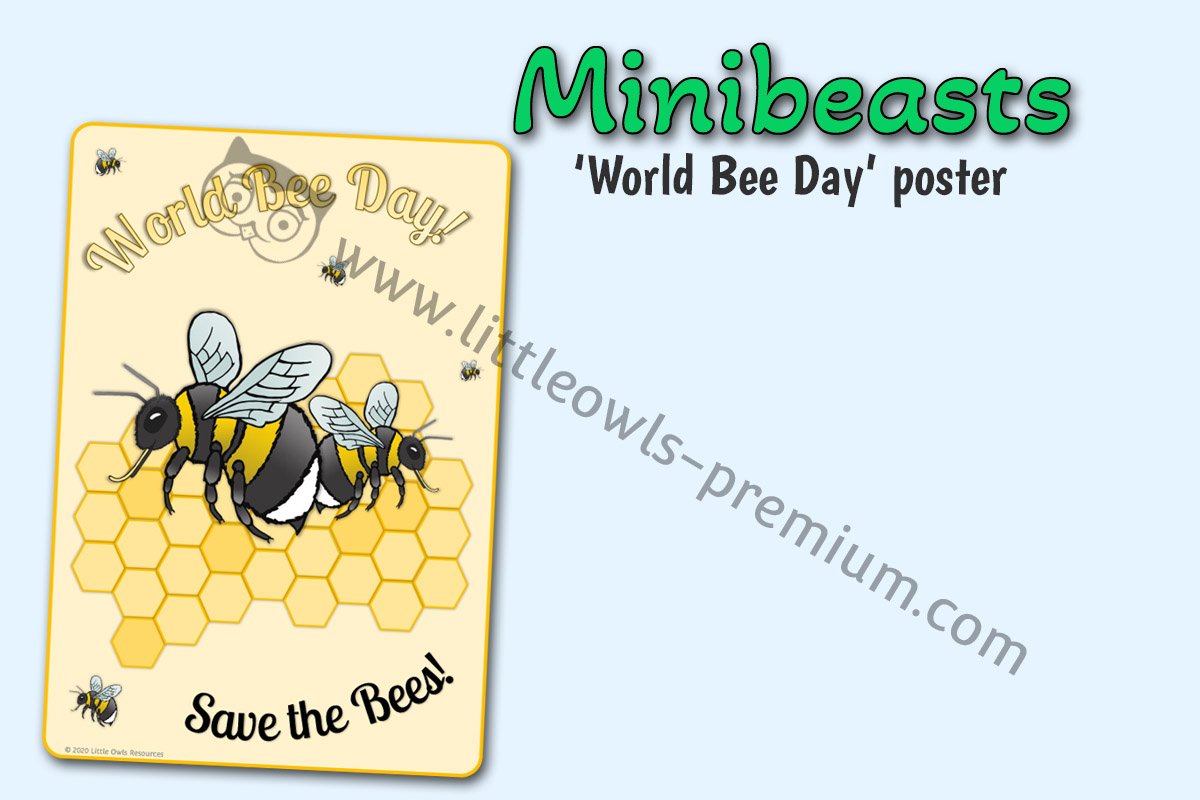

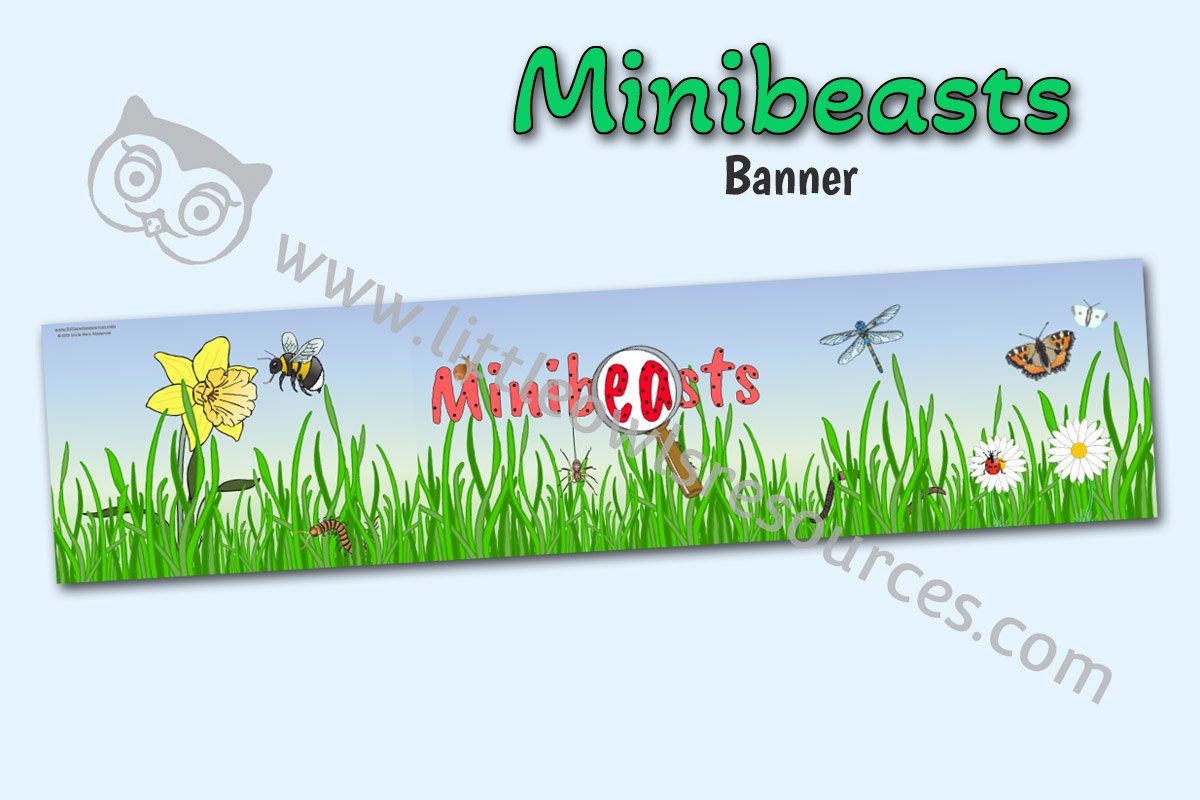
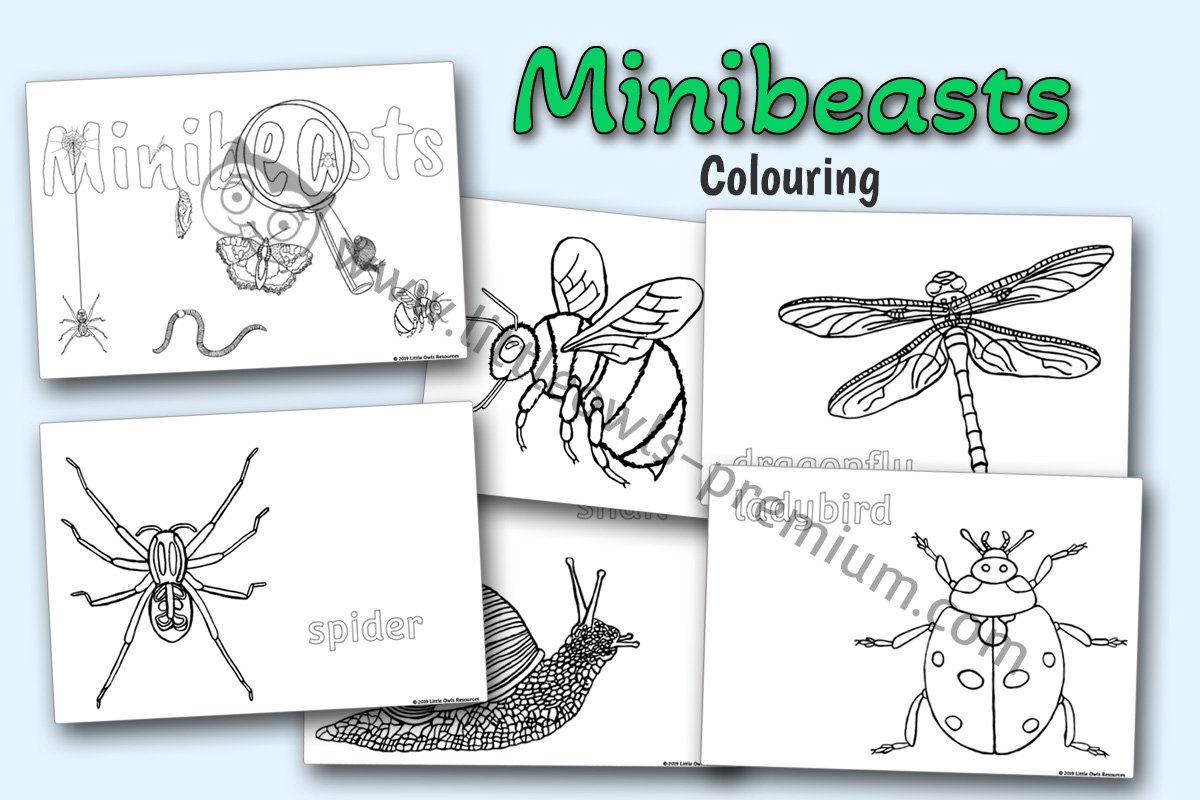

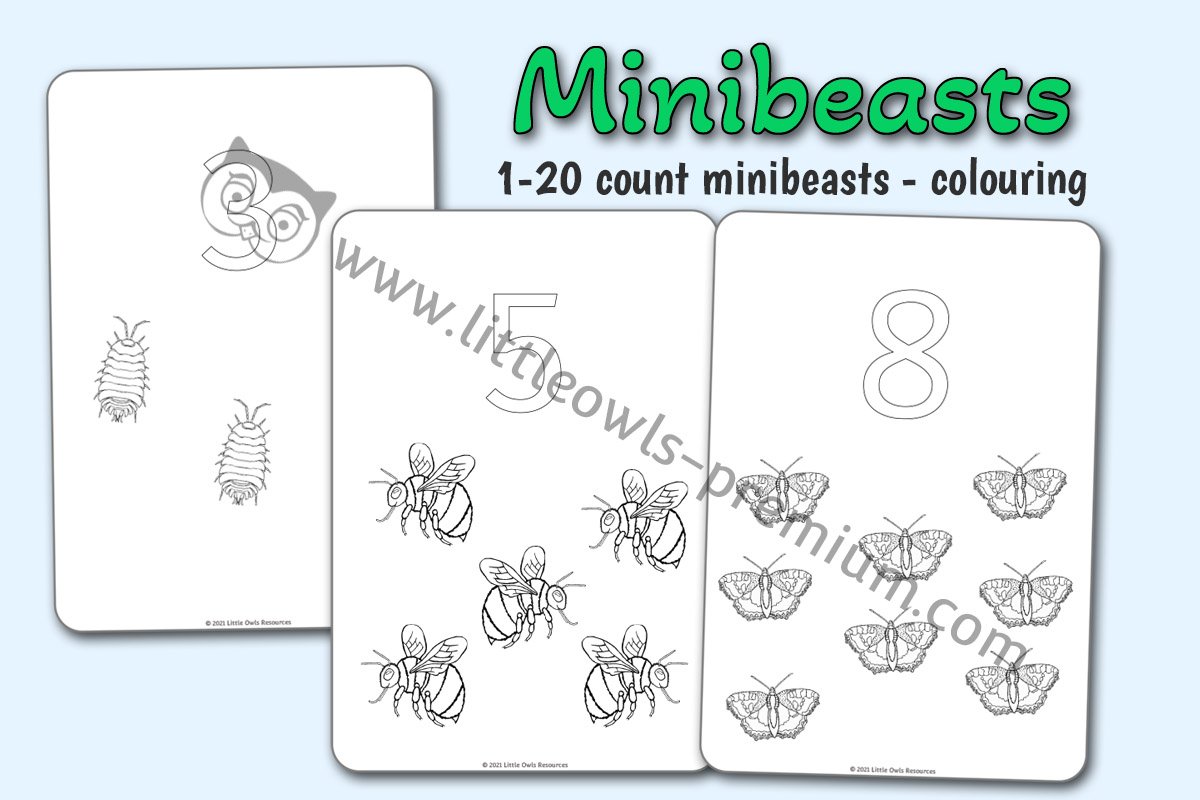
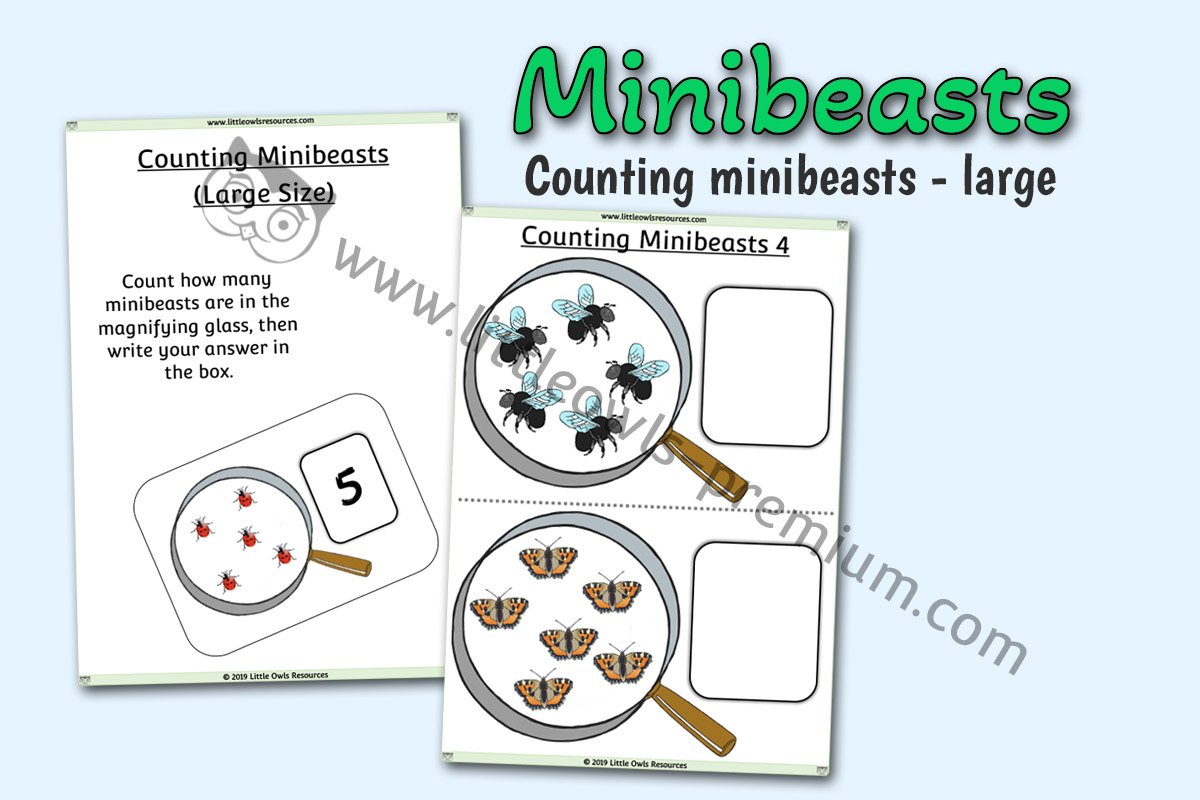
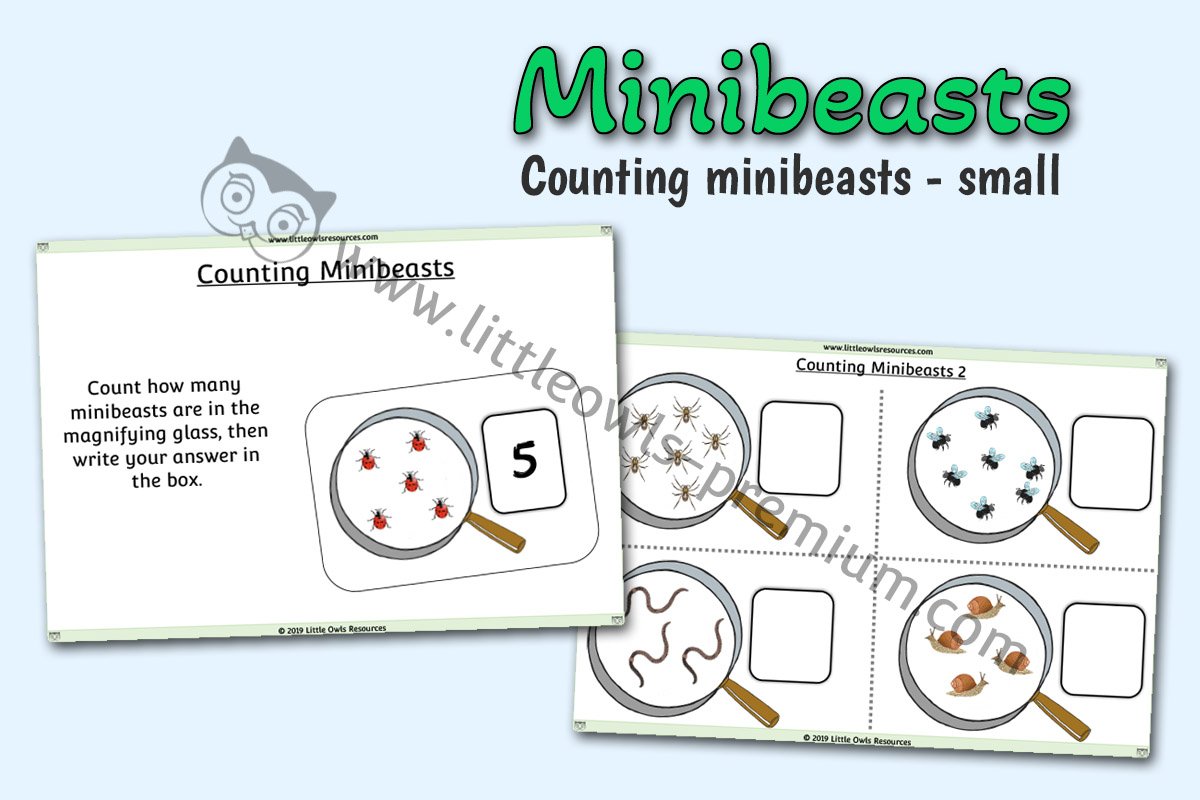
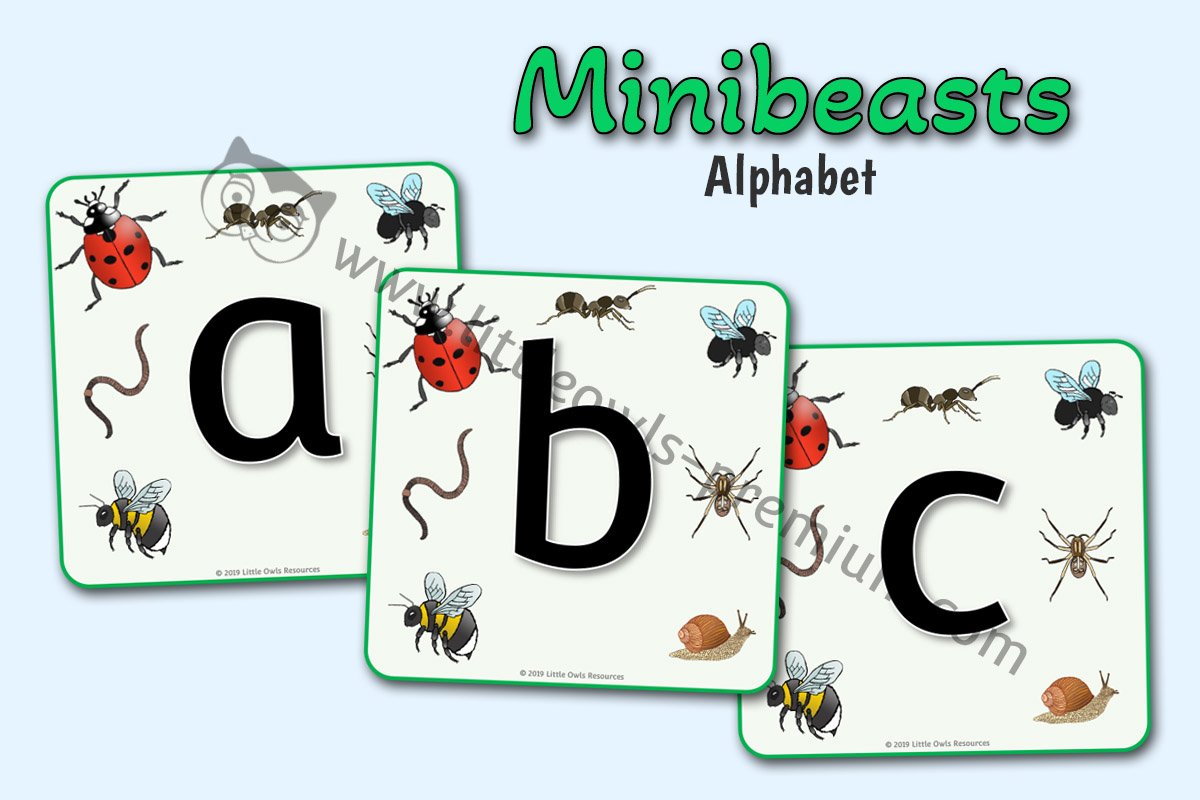
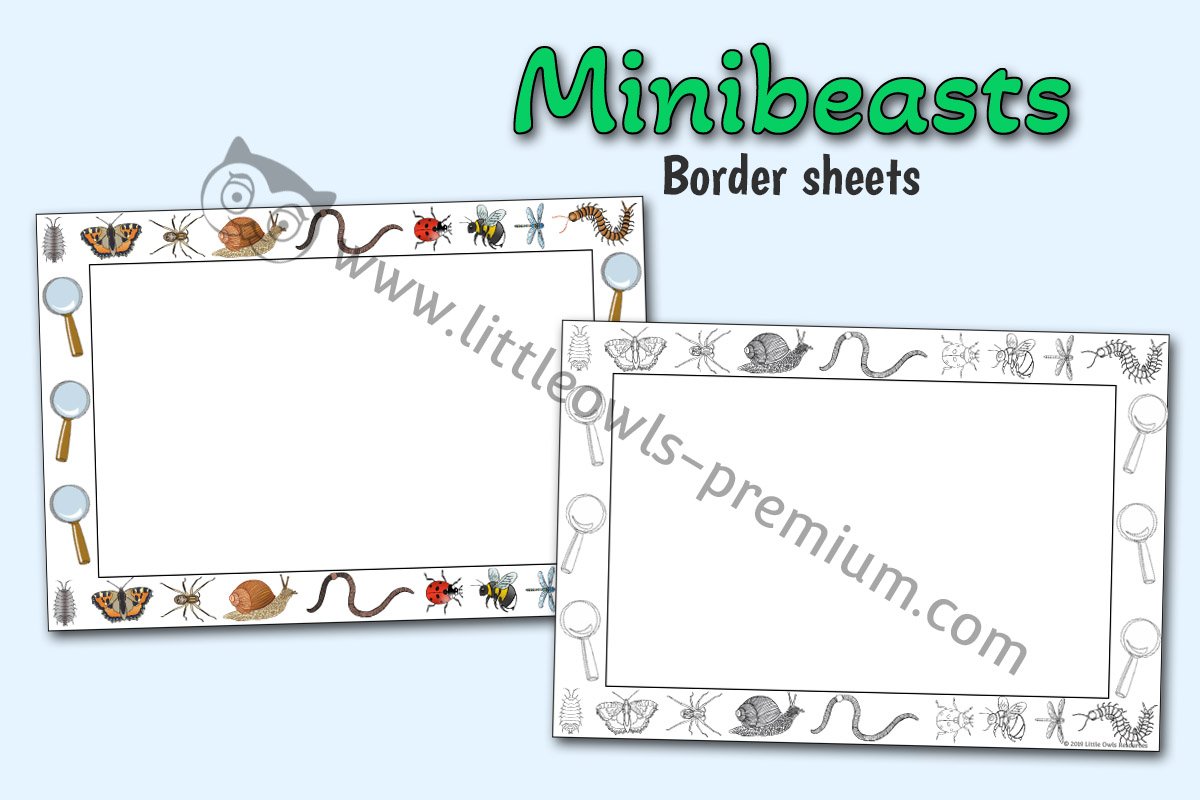

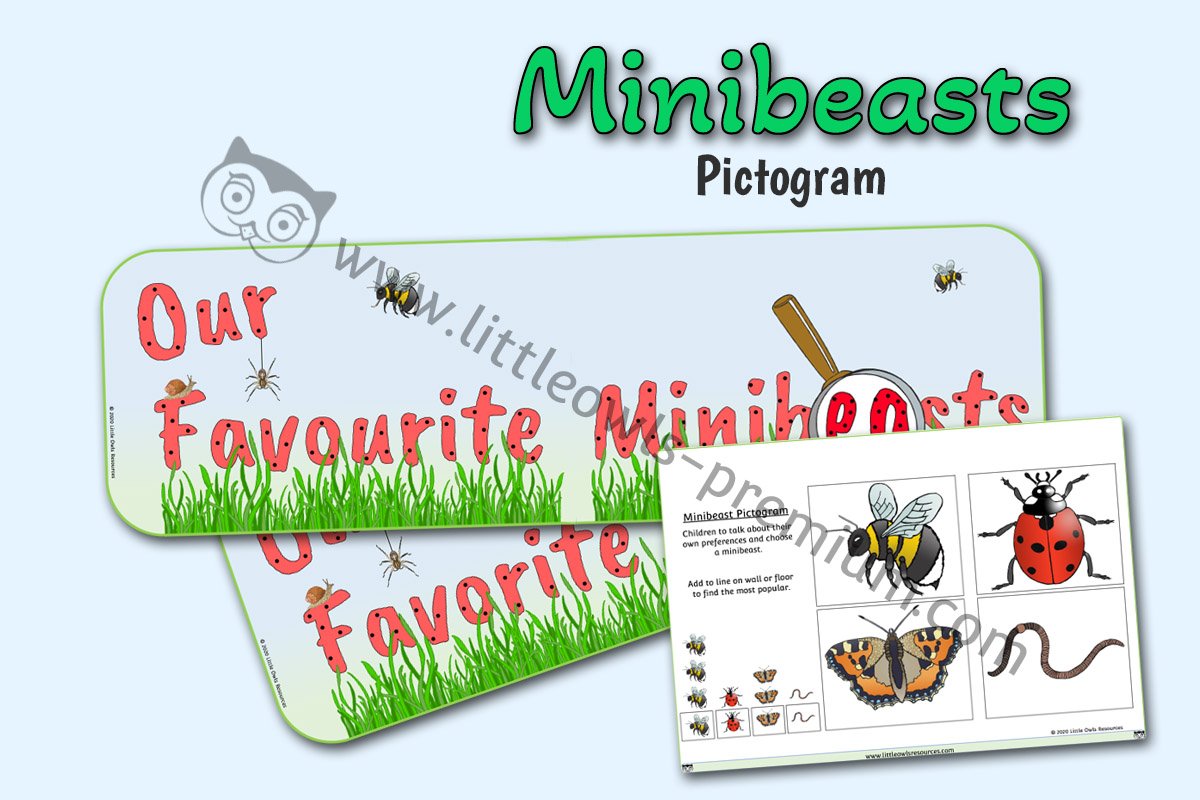
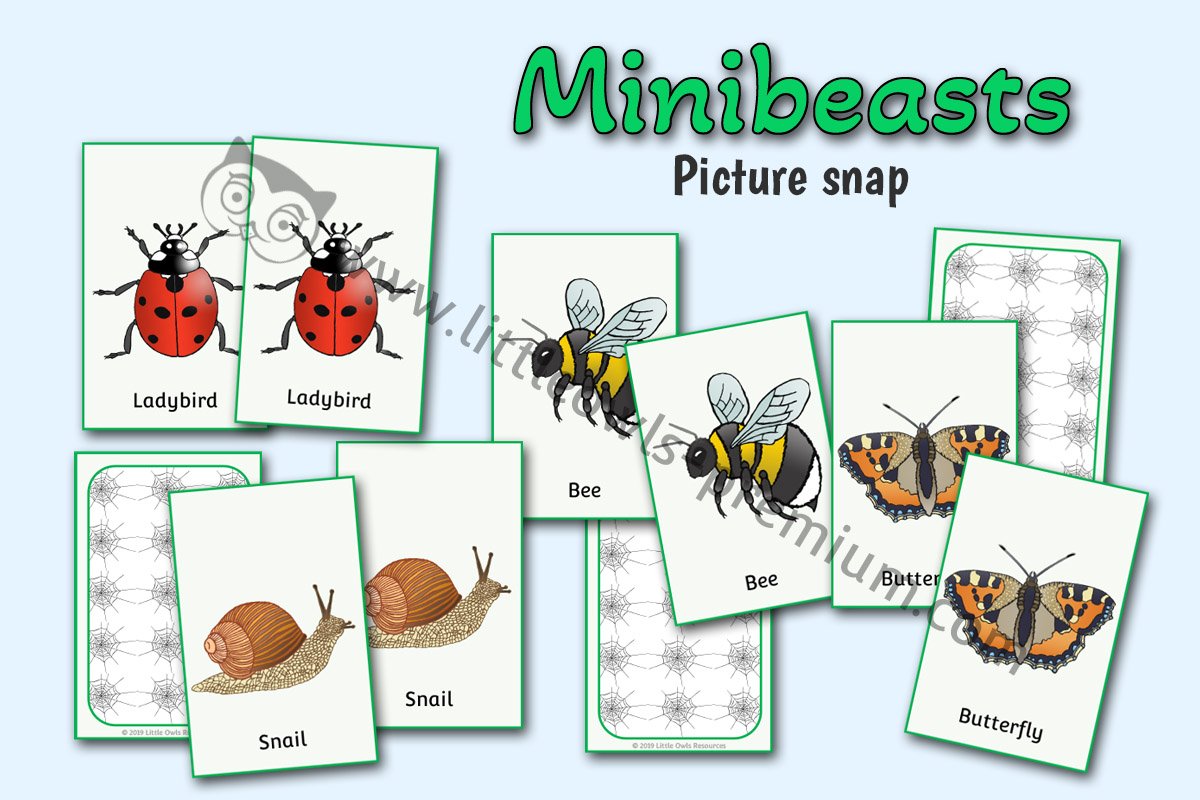
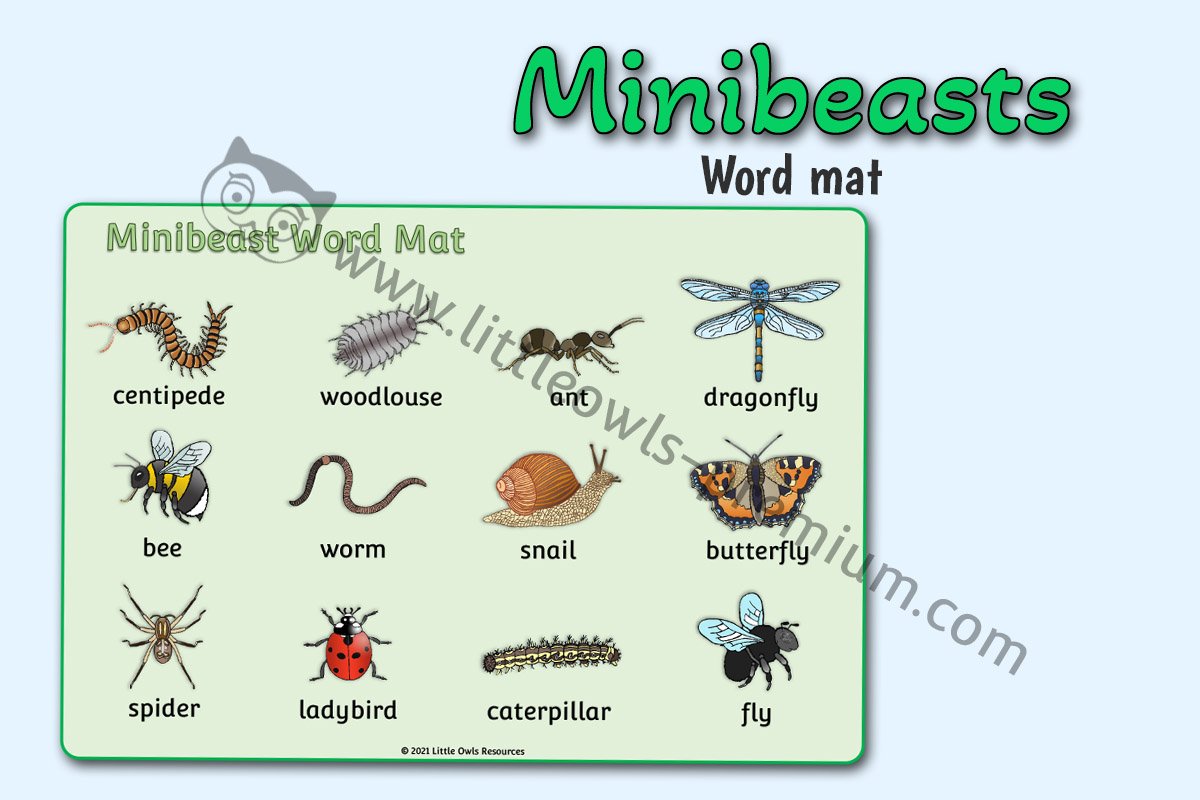
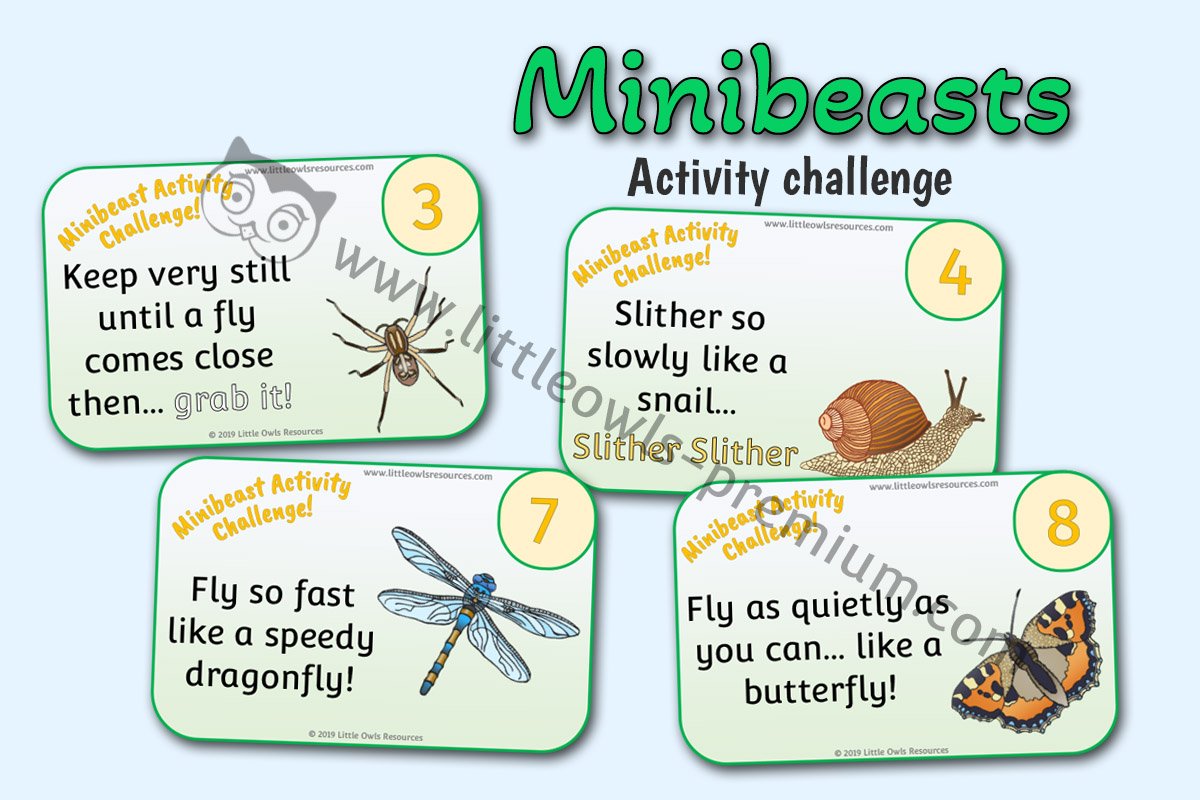
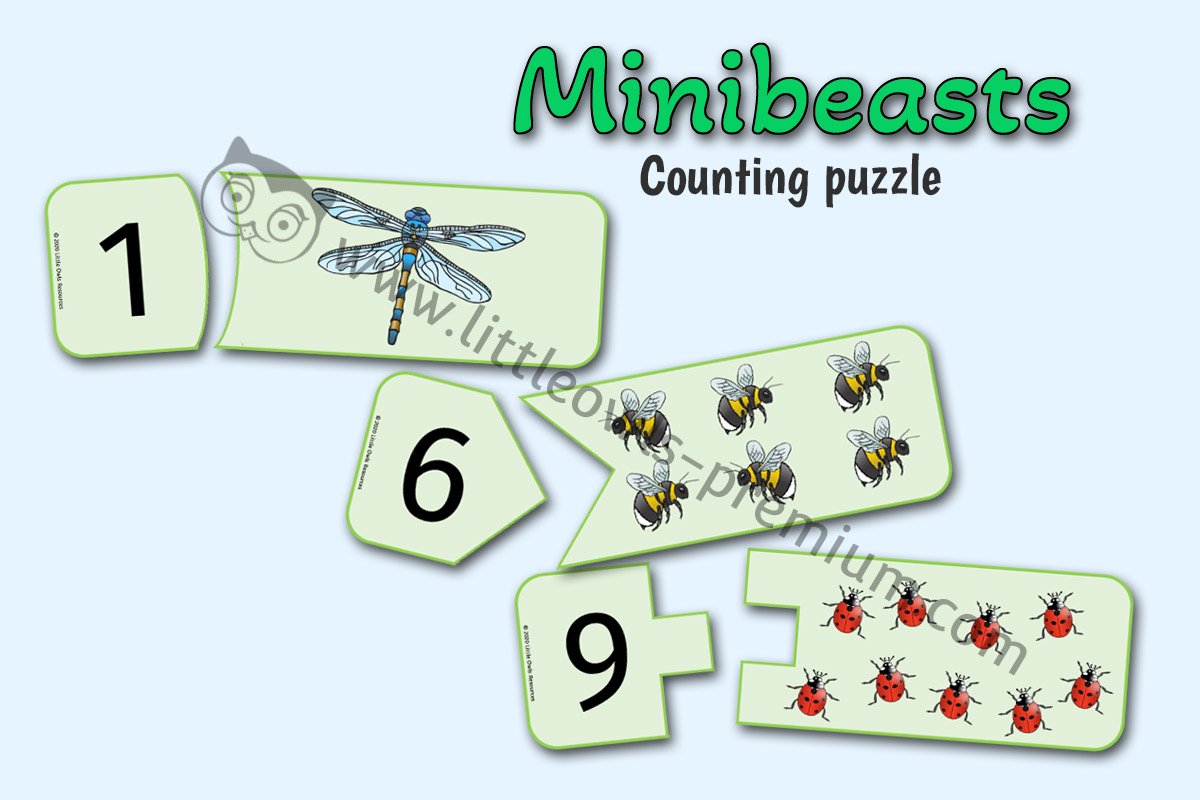
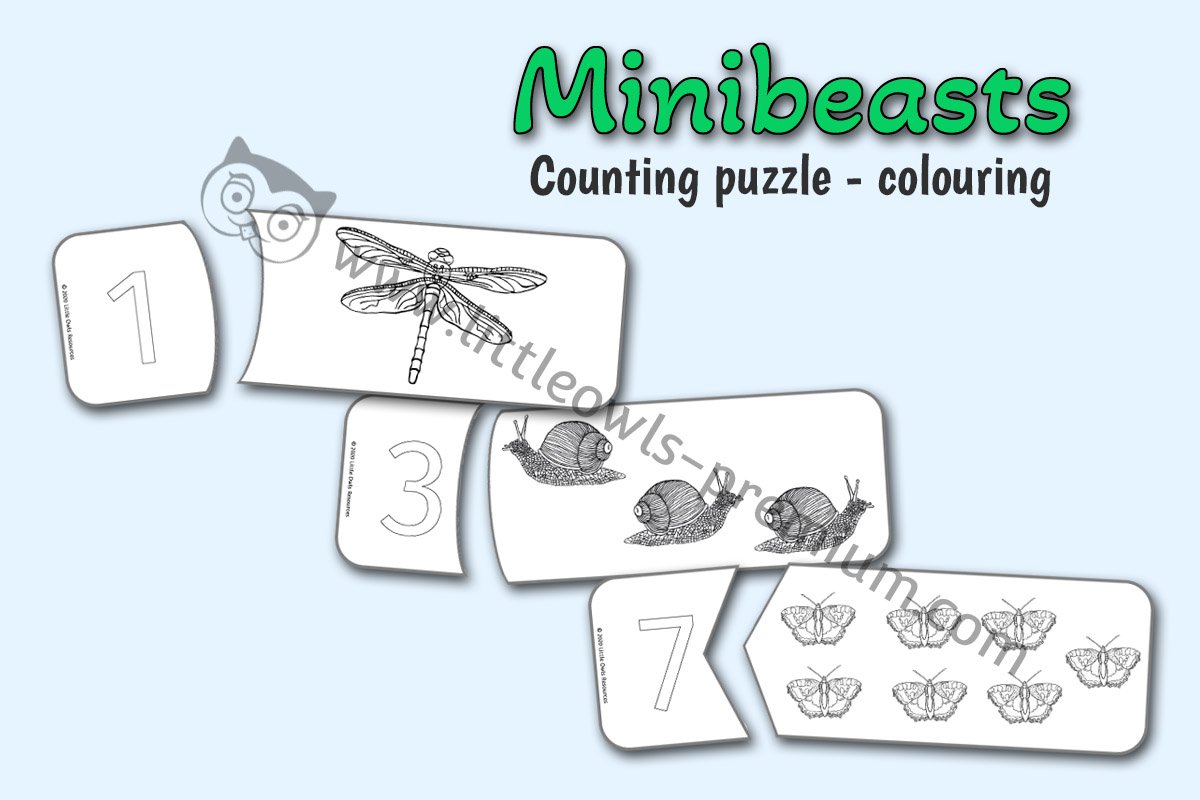
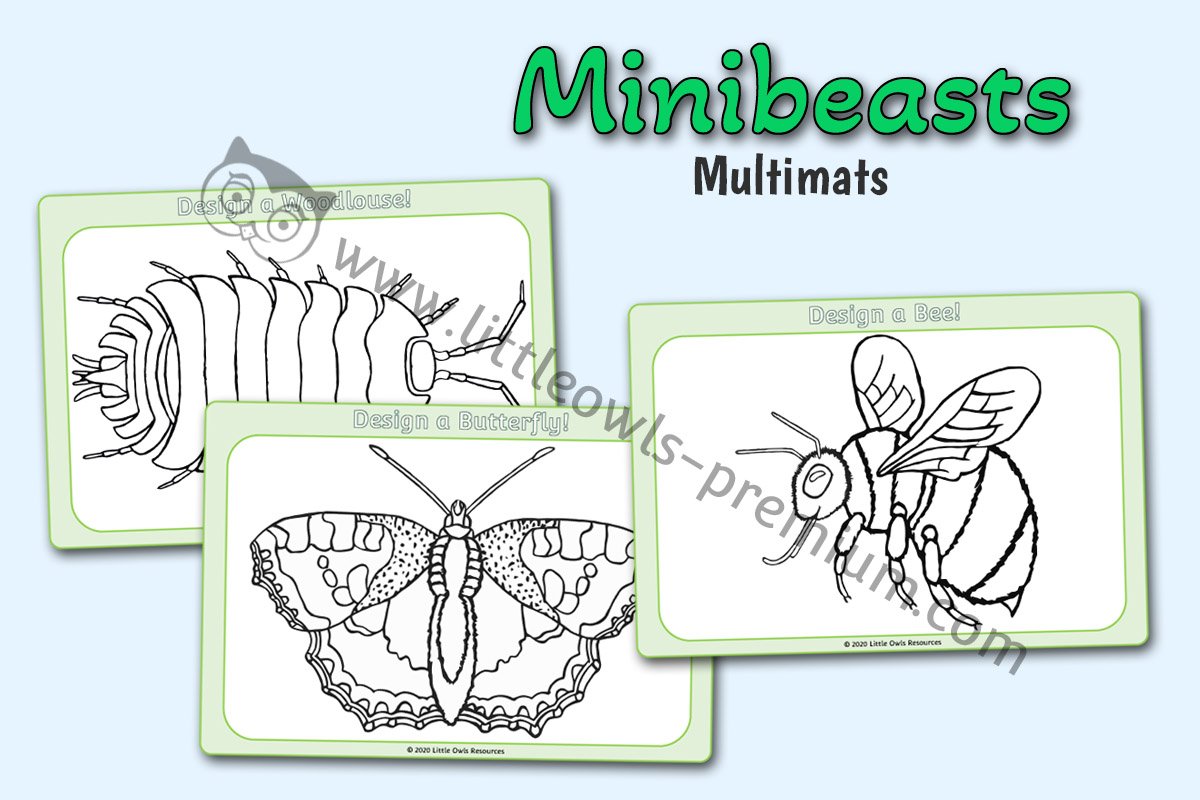
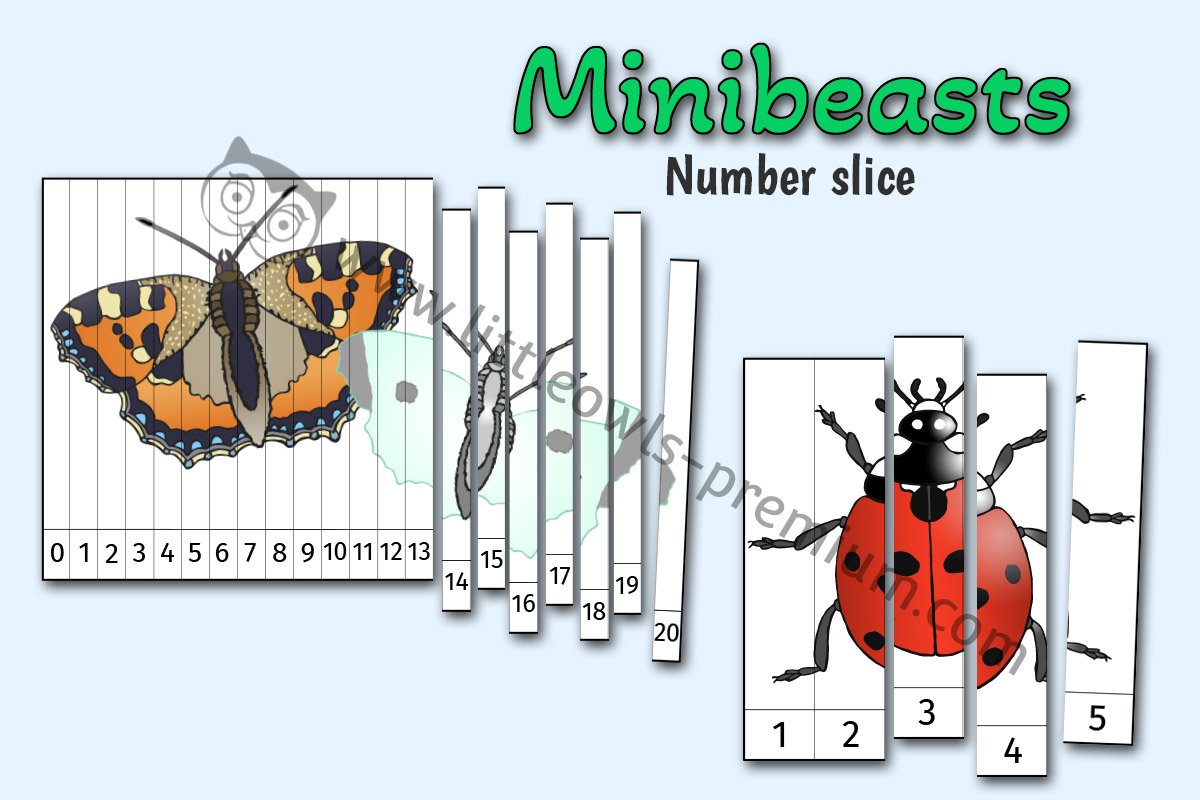
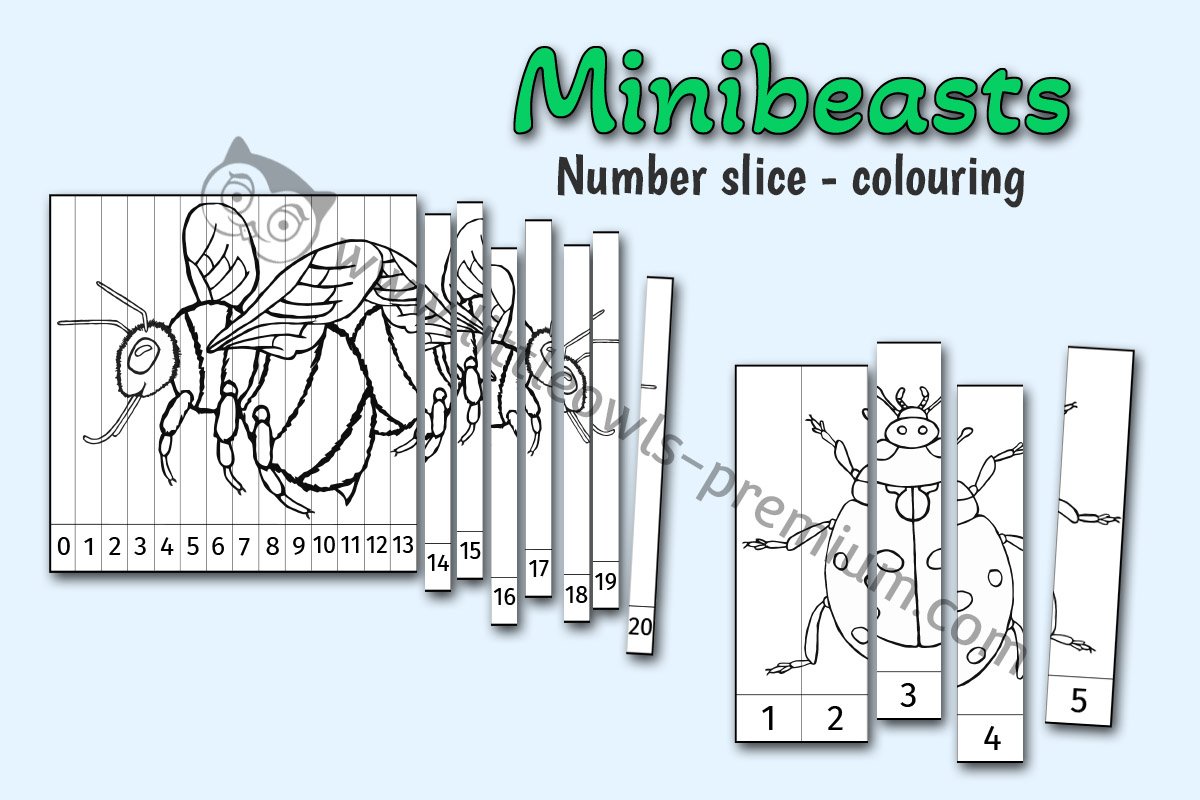
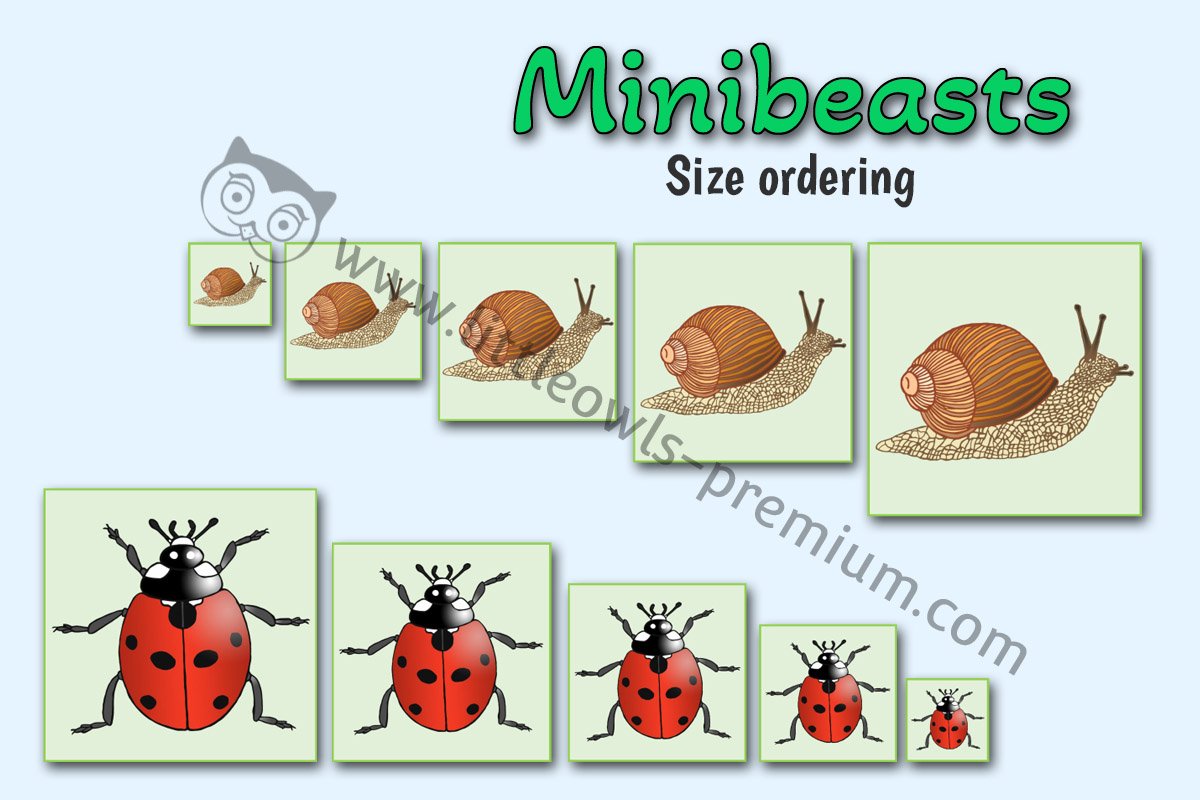
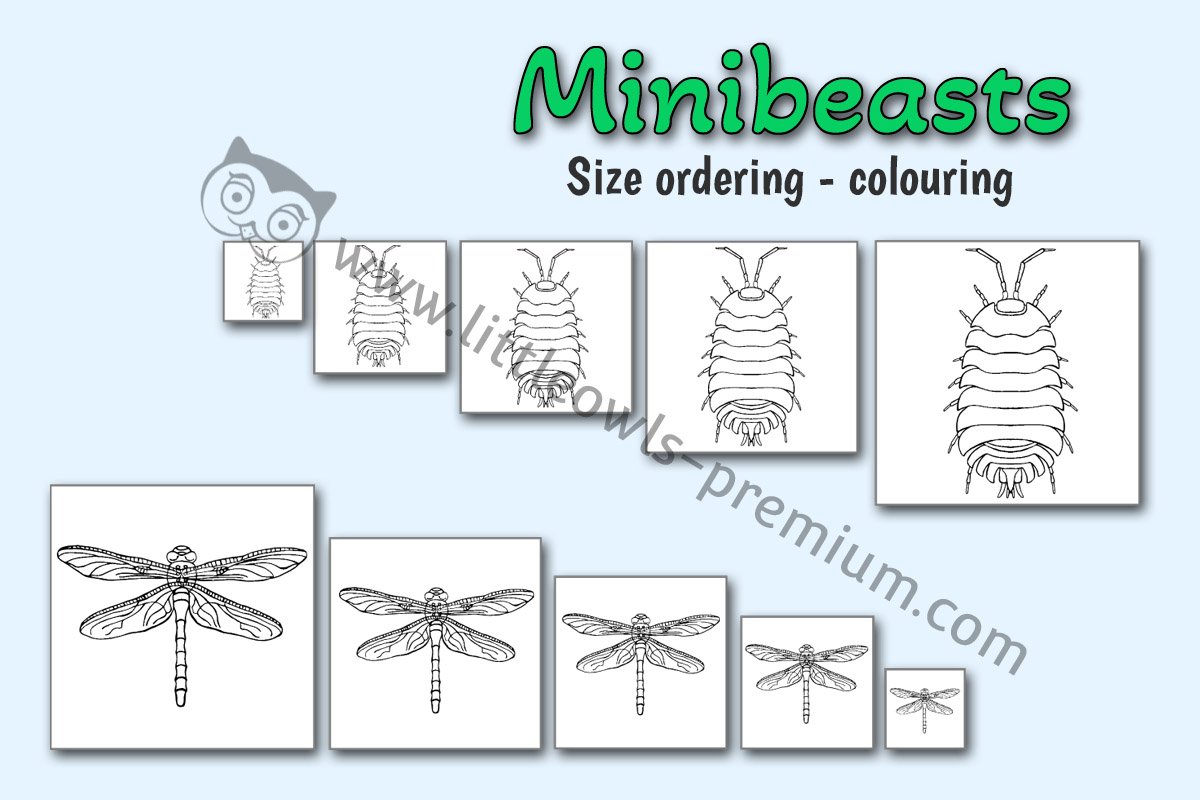
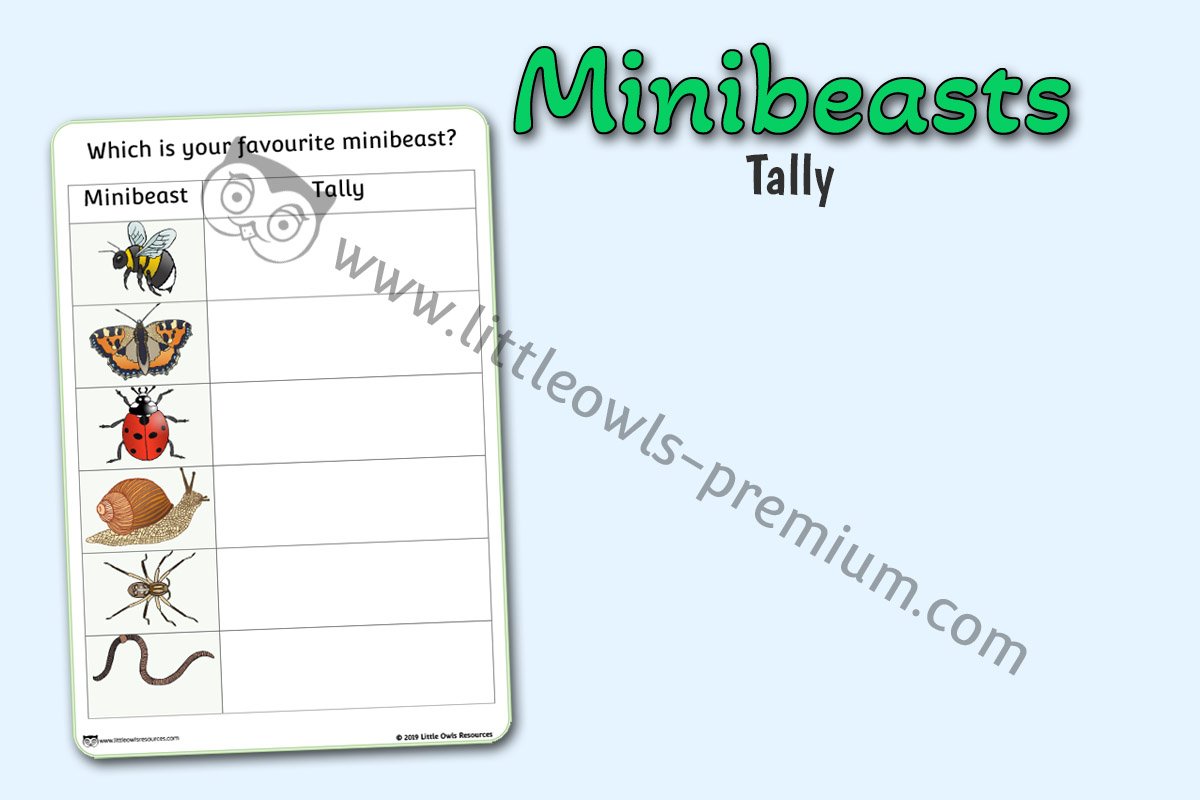
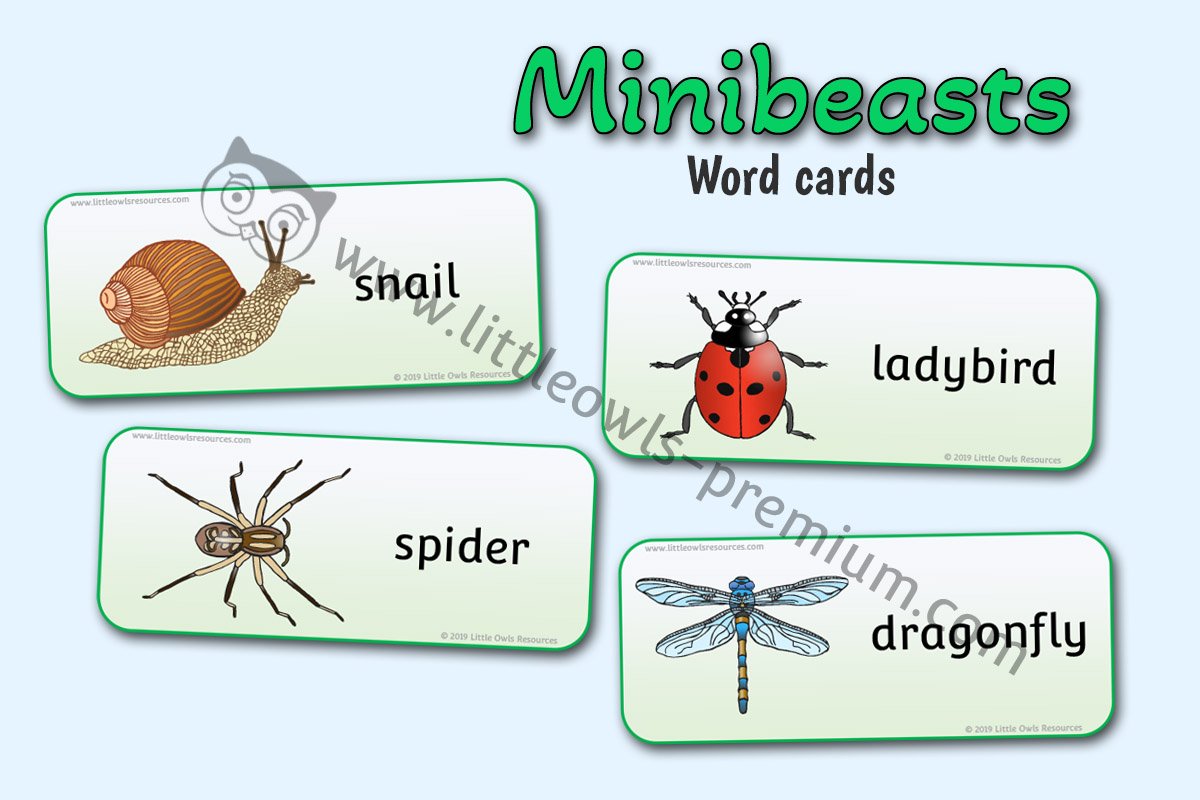
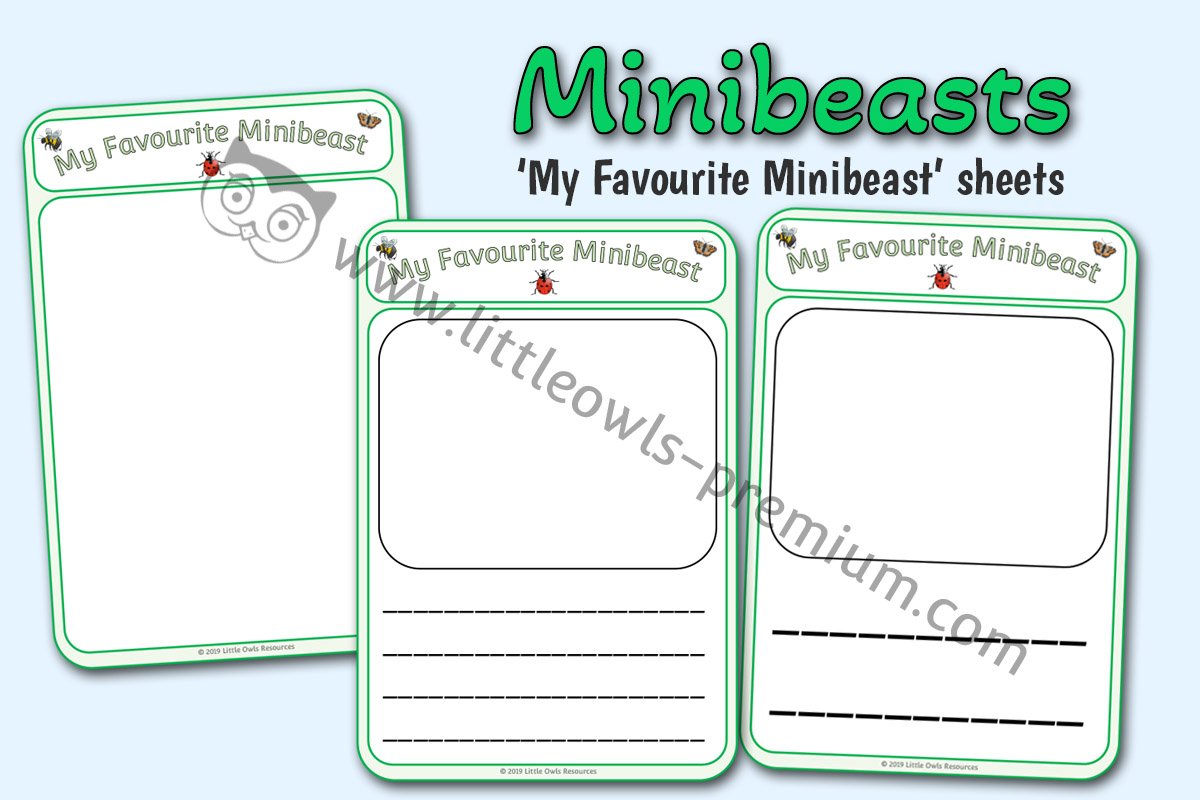
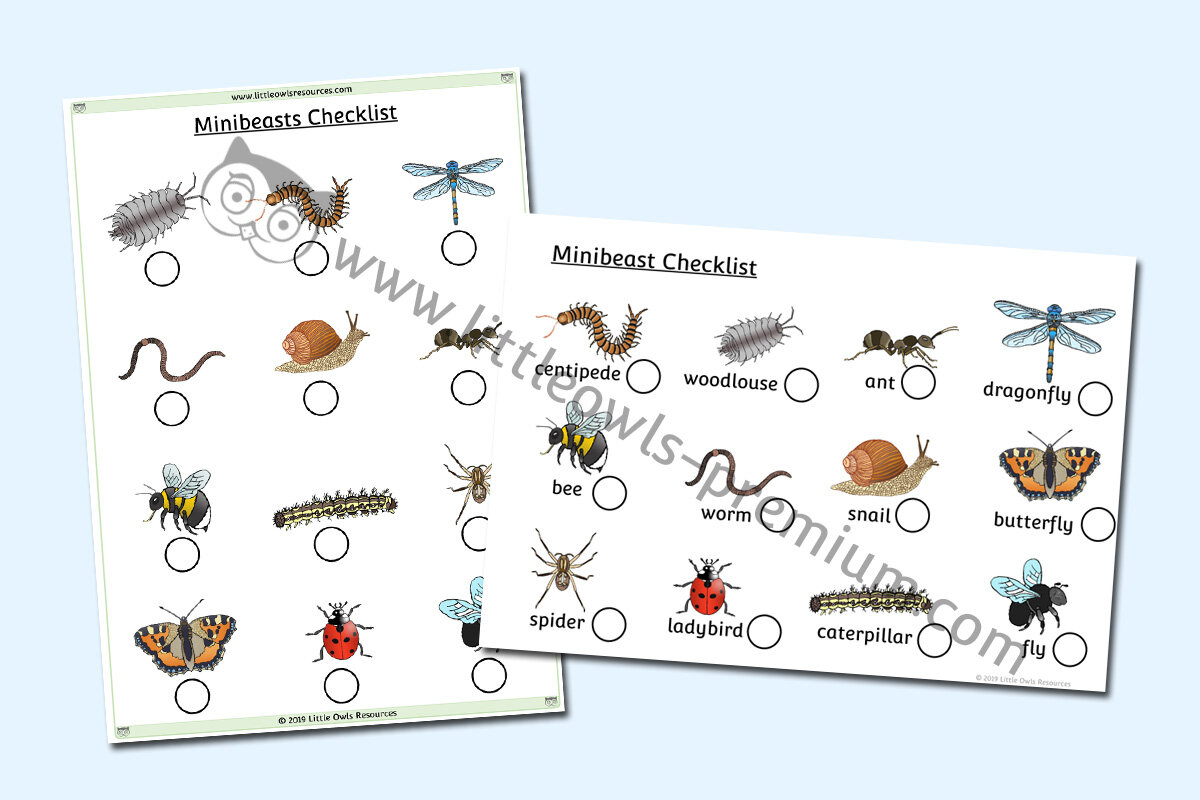
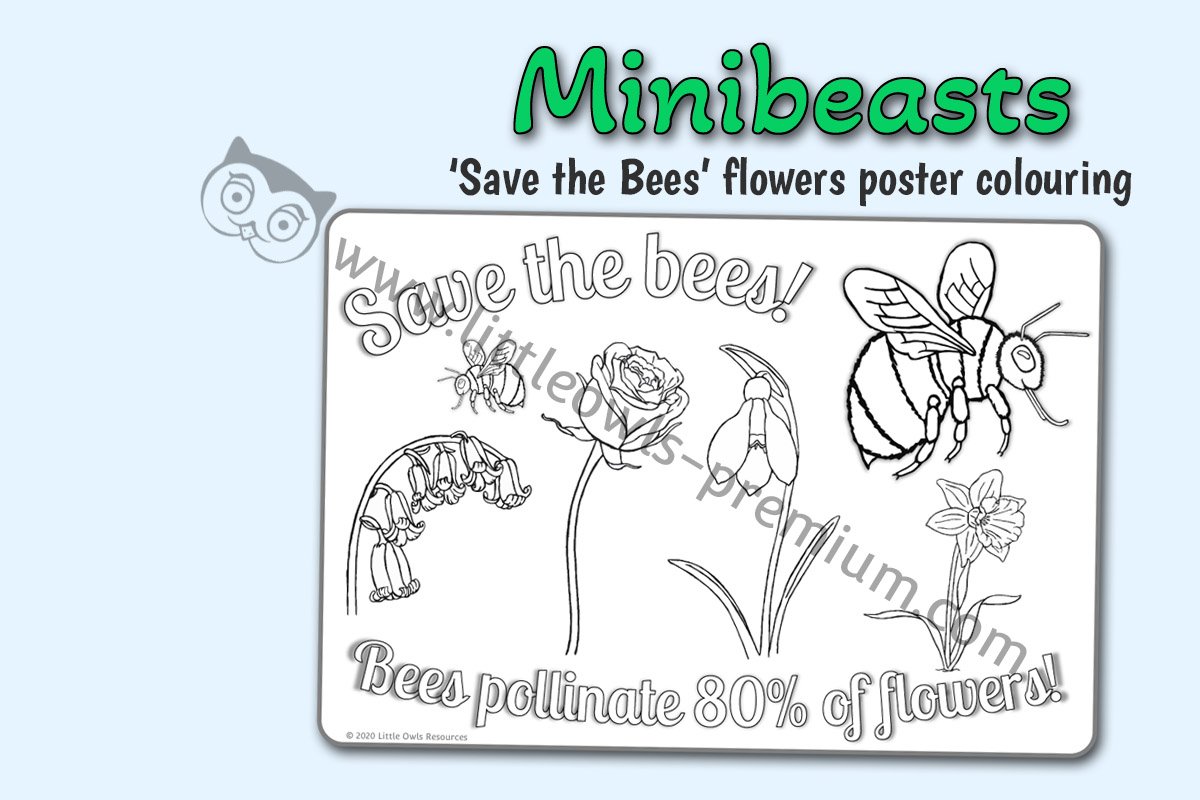




























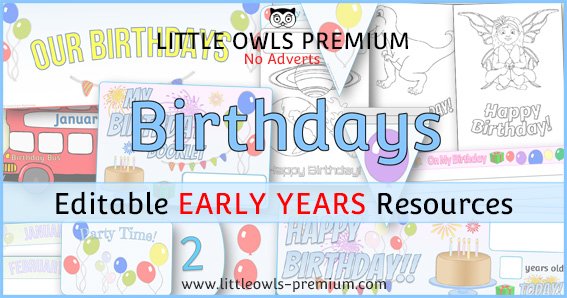
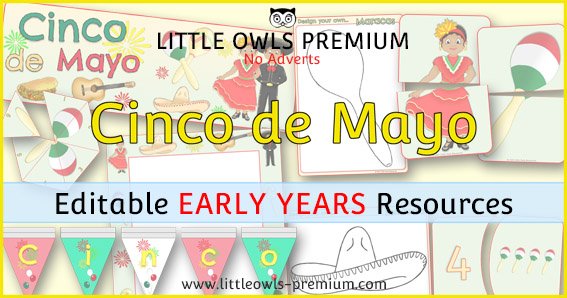

















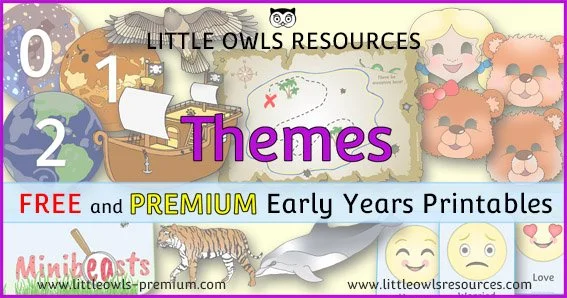

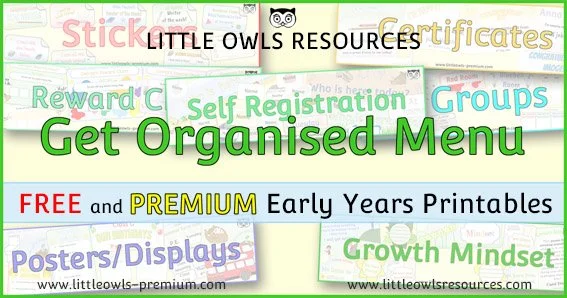

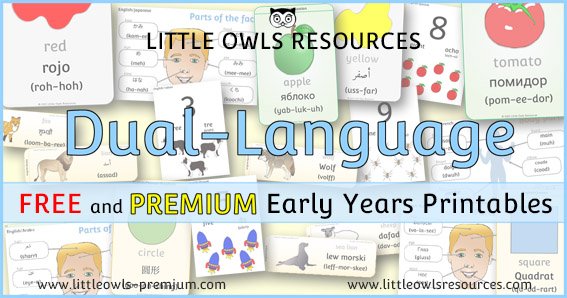
Let's dig in and grow something amazing! 🌱🌻🥕 For early years settings, nurseries, preschools, childminders, and Year 1 and Year 2 classrooms, this week provides a wonderfully rich and hands-on…